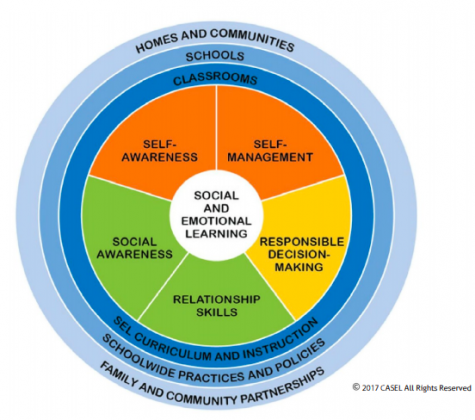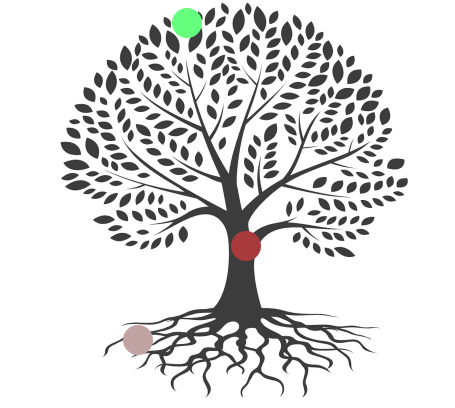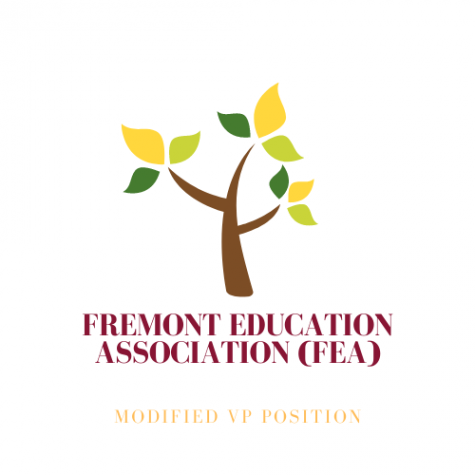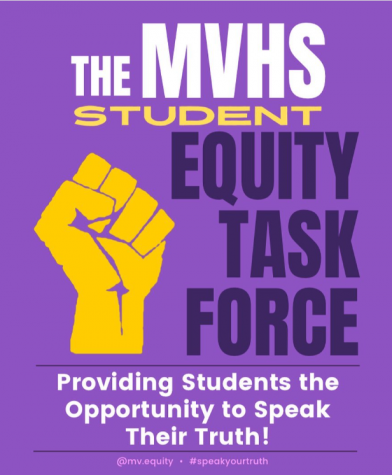FUHSD organizes a Social Emotional Learning task force
Members of the task force discuss their goals to aid student and staff mental health and build social emotional skills
In February, the MVHS branch of FUHSD’s Social Emotional Learning (SEL) task force gave a presentation to all MVHS staff that introduced the potential benefits of social emotional learning for the school community. Partially led by Library Media Specialist Doreen Bonde, the presentation also detailed the SEL’s framework and the five core competencies that inspire each lesson.
“We are a task force made up of teachers, administrators and staff who are really committed to furthering social emotional learning for our staff and students in our community,” Bonde said.
The task force has examined multiple different models for this initiative — the Collaborative for Academic, Social and Emotional Learning (CASEL), for example, is a well-studied model that Bonde believes is promising. CASEL implements social emotional learning both at home and in the classroom, aiming to further develop each student’s ability to effectively handle daily tasks and challenges through awareness and control of their attitude and behavior. This model is composed of five core competencies: self-awareness, self-management, responsible decision-making, relationship skills and social awareness.
“Those [competencies] are actually taken across every area of student experiences,” Bonde said. “So, all the way down to the classroom, the school sites, home and family, caregivers and community.”

The SEL task force and guidance team have used this model to combat certain areas of student life across the district by addressing the self-awareness issue. They have focused on not only normalizing social-emotional vocabulary such as automatic negative thoughts, but also teaching different antidotes to handle these. By creating a common vocabulary of words related to CASEL that teachers can understand and utilize, FUHSD Associate Superintendent Trudy Gross hopes that schools can provide skills to students that may help in their futures — skills that may not be regularly taught in school curriculums.
“[This strategy] is fairly approachable,” Gross said. “It’s not new and different words that you have to learn; in context, they make sense. That’s what MVHS and other schools are trying to do, is expanding into those other areas and providing students with skills so then you see that outcome over time. Skills that can carry on into a job, college, whatever it might be. They’re those lifelong things.”
Senior Malavika Eby, a member of the task force, believes that some of these important skills — including minor changes such as learning how to write notes, stay organized, prioritize self-compassion or choose class loads reasonably — help her balance student responsibilities with social life, sleep, health and academics.
“Just doing those small things has made such a big difference for me personally,” Eby said. “I think students will take some time to realize that for sure, because we’re just not used to prioritizing social emotional learning at all. And I think that’s OK, because that’s how we were raised and that’s the way that we see the world right now.”
Eby says that mental health at MVHS is often seen as less of a priority throughout the years compared to other focuses in the community. Especially with the academically centered environment at MVHS, she notes that watching videos and presentations about social emotional learning may not appeal to students who are already busy and overloaded with work.
“Teachers would [say], ‘Students, take care of your health,’” Eby said. “I always thought it was just — I don’t know the word for it — but almost insensitive because teachers would give us a lot of work, and then the culture here is just very workaholic. People just really want to drain themselves of all the energy that they have — they just want to squeeze out every last drop. I think the ultimate end goal here is just like, ‘Oh, get into a good college.’”
However, Eby believes that this mindset can change over time, and appreciates that the administration and faculty are supporting that process by educating students about practices that can help reduce stress and improve mental health.
In order to determine which areas would most benefit FUHSD students, the task force collected student and teacher feedback. On March 10, they sent out a survey through a Google Form, asking them to rank potential SEL lesson topics and CASEL competencies in order of preference.
“So far [we decide what goes into each lesson] based on the issues that students are experiencing,” Bonde said. “With the survey, [stress management] was probably the highest concern of students, so one of the advisories was around stress management. We’re really trying to meet your needs as well as we can in the way that you asked for or that you need.”
The task force will continue to create lessons around the topics that students are interested in, but will also design different curriculum for the four different grade levels. Bonde believes that focusing on the five SEL competencies gradually over the years will prove more effective in helping students understand and utilize the range of skills that go with the CASEL structure.
“The hope is that in the next few years, we can get the curriculum going, and then every single grade can learn more and more advanced skills as they go through high school,” Eby said.
Bonde says that the task force is starting with a five year plan, starting with what they would like to see the task force grow into in five years, and then working backwards to see what steps they can take to achieve those goals. The task force is still in the planning stage, having formed just a few months ago.
Gross believes that this curriculum will provide a solid foundation and opportunity for schools to seek resources and build a structure.
“When the schools are looking for some direction, [they will at least have] some common places to pull resources from, as an example, CASEL,” Gross said. “I know some stats on individuals and have looked to myself and my colleagues to say, ‘Yes, we think that is a good foundation, it’s something that we will share across the district, our guidance team has utilized it.’ So we’re really trying to kind of have a back and forth and really provide that support.”



